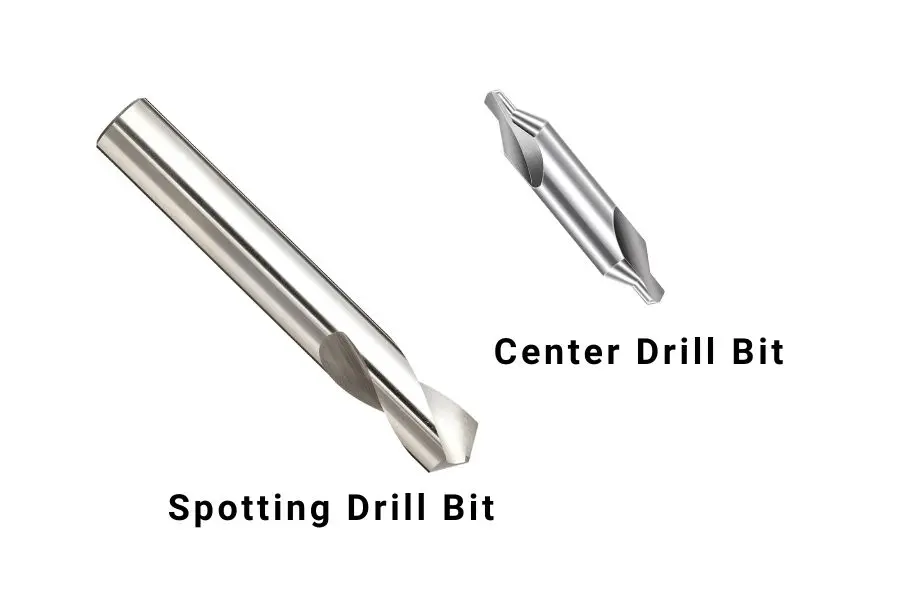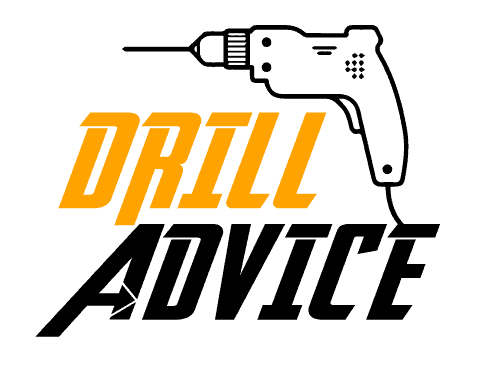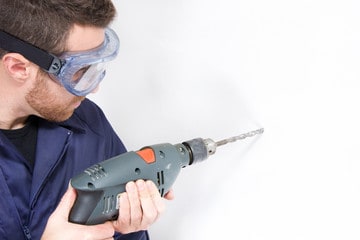A spotting hole drill bit can be named a hole starting drill bit. Both are similar tools. It has a tight tolerance point geometry with a very short flute length. Spotting drill bits are utilized to start holes and precisely find them. When drilling begins, they make a small hole that helps stop drill bits from walking or moving.
The role of the spot drill is also changing, and it is no longer just used for drilling pilot holes. Additionally, it is possible to drill and mill cutters in one piece in addition to milling edges. The angles, which can be 60, 90, or 120 degrees.
What Is the Cutting Angle of the Spotting Hole Drill Bit?

The cutting angle of the spotting hole drill bit typically falls within the range of 118°, 120°, or 135°. The selection of the angle largely depends on the strength requirements of the drill. For instance, when working with harder materials like stainless steel or Inconel alloys, a 145° spot drill is often used. This is due to the fact that the secondary drill used in such cases is more susceptible to damage.
However, the common practice among many users is to use the spot drill readily available in their workshop, often a 90° spot drill, regardless of the specific machining operation. Most tool makers agree that the tip angle of a spot drill should be equal to or greater than that of the secondary drill. This is to prevent excessive cutting pressure on the drill’s cutting edge, which can lead to premature tool failure and poor quality of the drilled hole.
A larger angle drill is beneficial as it directs the drill’s tip toward the center, aiding in accurate spotting. If the drill’s outer diameter contacts the workpiece first, it can result in the chipping of a carbide drill. This not only damages the workpiece but also compromises the integrity of the tool.
Moreover, if the two flutes of the drill have slight variations, one may contact before the other. This can lead to inaccuracies in the drilled hole and potentially nullify the purpose of spot drilling. Therefore, the choice of the correct cutting angle for the spotting hole drill bit is crucial in achieving precision and maintaining tool longevity.
What are the Sizes of Spotting Hole Drill Bit?
| Diameter of spot drill bit/(Inch) | Length deviation due to the flat/(Inch) |
| 3/8 | 0.026 |
| 1/2 | 0.035 |
| 3/4 | 0.045 |
| 1 | 0.060 |
The size of the spot hole drill bit is widely varied. It depends on the material type also. Here are a few examples to prove it.
| Material | Tip Angle | Drill Bit Size/(Inch) | Flute length/(Inch) | Overall Length/(Inch) |
| Carbide | 90o | 0.0050 | 0.0250 | 1-1/2 |
| 82o | 0.0050 | 1 | 2-1/2 | |
| 82o | 0.0050 | 1 | 3 | |
| 82o | 0.0050 | 1-1/4 | 3 | |
| High-Speed Steel & Cobalt | 82o | 0.0050 | 1-3/8 | 3-3/4 |
| 820 | 0.0050 | 1-3/8 | 6 | |
| 82o | 0.0050 | 1-3/8 | 8 | |
| Cobalt | 900 | 0.0050 | 0.984 | 4-1/64 |
| 90o | 0.0050 | 1-3/8 | 1-3/4 | |
| 90o | 0.0050 | 1-3/8 | 6 | |
| 90o | 0.0050 | 1-3/8 | 8 |
Above is the variation in other characteristics related to a common drill bit size. There is a wide range of spotting hole drill bits on the market.
What are the Color and Material of the Spotting Hole Drill Bit?
There have a few types of spotting drill bits based on the material. Those are;
- Carbide Spotting drill bit
- High-speed steel spotting drill bit
- Cobalt spotting drill bit
Carbide Spotting Drill Bit
Solid carbide spotting drills offer good wear resistance when drilling into the toughest materials because they are harder than cobalt steel and high-speed steel spotting drills. A wide range of carbide spotting hole drill bits are in the market based on the bit size and the angle of the.
Coated and uncoated drill bits are in the market. Uncoated carbide spotting drill bits brightly appear. “TiAlN” and “TiN” coatings are available.
High-Speed Steel Spotting Drill Bit
High-speed steel spotting drills are the most popular option. Drills made of high-speed steel are often less brittle than those made of cobalt or carbide.
Coated and uncoated drill bits are in the market. Uncoated carbide spotting drill bits brightly appear. “TiN” coating type is available.
Cobalt Spotting Drill Bit
Cobalt steel spotting drills are excellent for drilling into tough materials and offer greater wear resistance at higher speeds than high-speed steel spotting drills. Uncoated cobalt spotting drill bits brightly appear.
Where to Use Spotting Hole Drill Bits?
The spotting hole drill bit is a metal drill bit. I can be used for the tasks below.
- Drilling of spotting holes
- Bored surfaces,
- Engraved surfaces,
- Chamfered surfaces,
- Deburred edges, etc.
Making a tiny pivot with a spotting drill will help you find the drill’s center when you start a plunge. Some machinists use these tools to chamfer the top of drilled holes, which is a different function for them. When inserted, screw heads sit flush with the component thanks to the chamfer.
What is the Difference Between a Spotting Hole Drill Bit and a Center Drill Bit?

Both of the center drill bit and spotting hole drill bit are used for pilot hole drilling.
But the spotting drill bit has a 120-degree angle, and the center drill bit has a tapered 60-degree angle with 120 tip conical angle. When a center drill is used to drill a pilot hole, there are two different sizes of holes in the material.
The regular drill bit has a 118-degree angle. When it uses on the pilot hole, which was drilled using a center drill bit there is a chance to deflect or slipper the drill bit a little bit due to less contact with the surface. Hence the accuracy can be reduced in a certain extent.
But the spot drill bit has a 120-degree cutting angle, and it can fit a 118-degree angle drill bit perfectly. So spot drill bit is very good for pilot hole drilling with high accuracy for secondary drilling.

